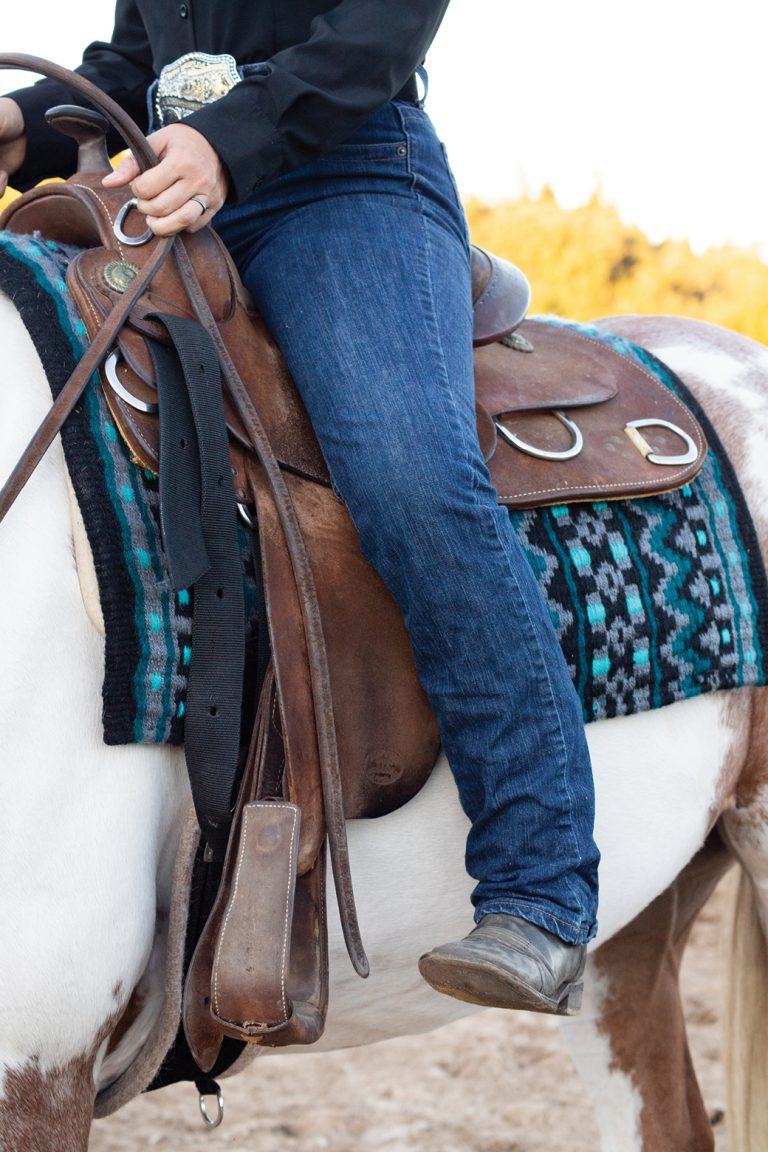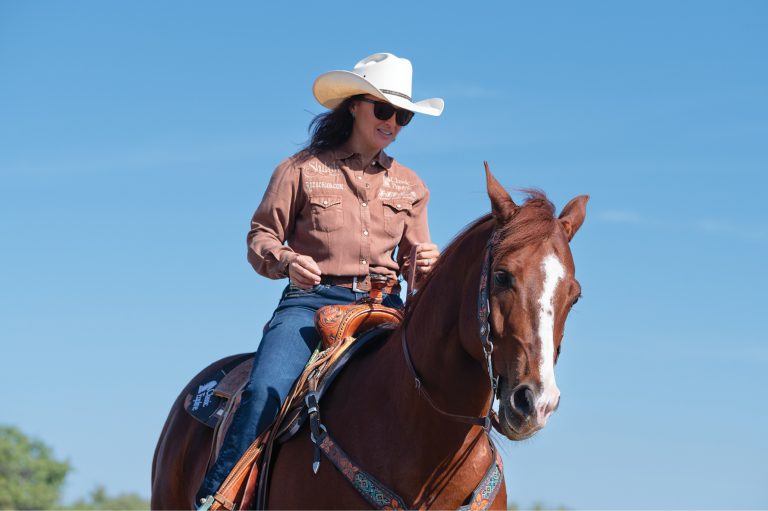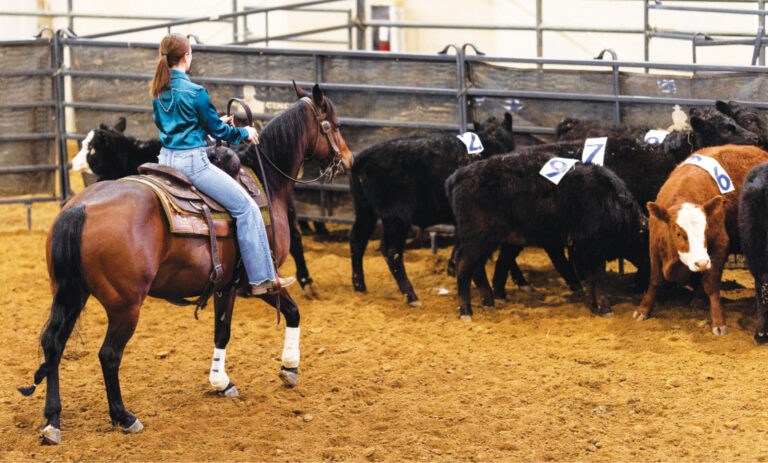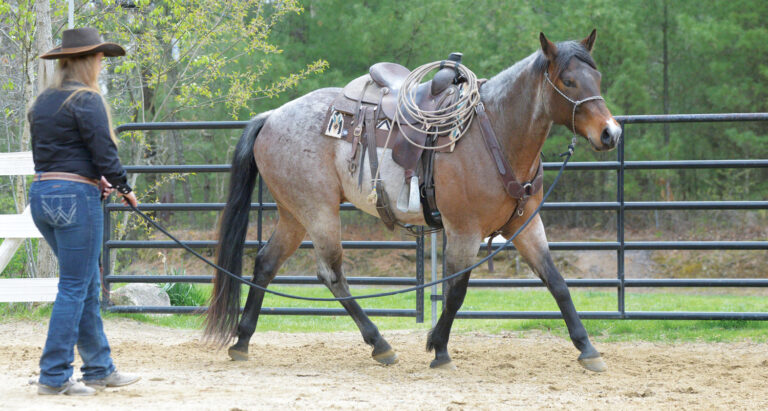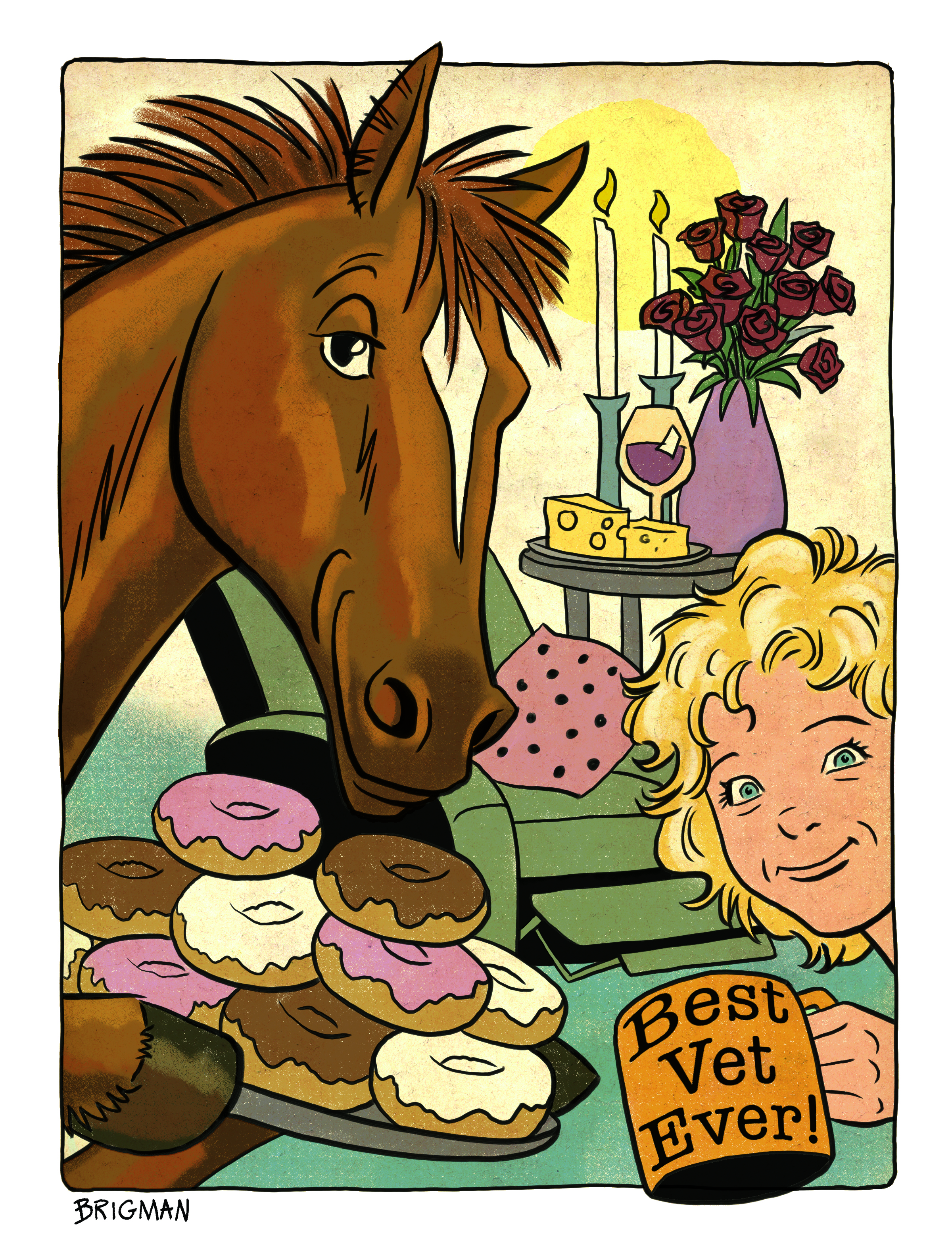
June Brigman
Do you love your veterinarian and farrier? Learn how to keep them happy with these 10 simple barn-design ideas.
The sun is shining as I pull into the driveway of a spacious, well-kept, vet-friendly barn. The electric gate at the end of the paved, tree-lined drive opens automatically and, after backing into the convenient, covered “vet area” (specially designated at the corner of the barn), I’m greeted by the owner, who smiles and offers me a steaming cup of coffee.
“Ah,” I think, “being a horse vet is a glorious occupation.”
Just as I’m preparing to examine the horse—presented in an immaculate, well-lit room—I’m awakened from this lovely dream by the rude screeching of my pager. A client needs me—“now”—for a nasty laceration on her yearling’s left hind leg. Groaning, I roll out of bed and pull on my jeans—remembering as I do that this particular client, though extremely nice, has a barn that’s decidedly not vet-friendly. Specifically, there’s no truck access, only limited lighting, and water that must be hauled from the house a quarter-mile away. Adding to the unhappy prospect facing me is the fact that it’s snowing outside.
I’ve traded my dream for a nightmare.
Poor working conditions don’t just make life difficult for the members of your health care team; they can also compromise the level of care your horse receives. Imagine trying to sew a black button on a dark pair of pants while the person wearing them is tap dancing—and the lights are off. Now add that it’s really cold so you can’t feel your fingers. That’s what it’s like to suture a wound on a lower leg in January in a poorly lit barn.
Here, I’m going to list the top 10 features that’ll make your place a vet-friendly barn. They’ll keep both your vet and your farrier happy, plus help ensure your horse gets the best possible care whenever he needs it.
Feature #1: Can I Get There From Here?
When I visit your farm, my entire “hospital” is in the back of my truck. The same arrangement is in effect for your farrier, too. If we have to walk a long distance from our vehicle to get to your barn, it’s going to be difficult to transport everything we might need to care for your horse.
In fact, I think it’s a virtual guarantee that the farther my truck is from your horse, the more things I’ll realize I need after I’ve already made the trek—necessitating multiple trips back and forth. That means the most important feature of a vet- and farrier-friendly facility is that there be truck access all the way to the barn—ideally with enough gravel to make sure we don’t get stuck in the mud.
Feature #2: Excuse Me?
I finally get your horse adequately sedated and am preparing to tie the knot on my first suture when the request invariably comes.
“Can you please move so I can get my horse out of his stall?”
Heavy sighs all around. There’s nothing more frustrating than being right in the middle of a high-traffic barn aisle while trying to suture a wound, work up a lameness, or apply a set of shoes. So please, please give us a place to work!
In a perfect world, your barn would have a designated area for your vet and farrier—ideally in a quiet corner where we’ll be undisturbed. If you expect your horse to stand on cross-ties while we work, a cross-tie area with a solid back wall will help to keep us (and your horse) safe.
And if you really want to make us happy, place this area where we can back our trucks up to a nearby barn door to easily access all our tools.
Feature #3: Let There Be Light!
Being able to see what you’re doing is critical when you’re suturing a wound, examining a skin lesion, or pounding a nail into a hoof wall. And even if your barn has excellent natural light, it won’t work for those middle-of-the-night emergencies.
So if you do have a designated area for your vet and farrier, consider installing extra light fixtures, including some placed approximately 1 to 2 feet off the ground to illuminate lower legs and feet.
And pay attention to intensity. LED lights will give you the brightest possible light at the lowest possible cost.
Feature #4: Turn It On!
Many tools in my truck require electricity. Does your horse need radiographs? Ultrasound? Is he due for his dental work?
If we can’t turn on the equipment, we can’t do an optimal job, which means functioning electrical outlets are essential. And while extension cords are fine, it’s awfully nice if we don’t have to spend precious time stringing 20 yards of cord down a barn aisle or across a paddock.
If you plan to set up that designated space where we can work, plan to have several well-placed outlets available, too. And if a designated space isn’t an option, consider placing outlets at regular intervals along your barn aisle so we can find them when we need them.
Feature #5: Where’s the Water?
Locating clean water is often the first step for any veterinary visit. Yes, I can take it from a water trough if I must, but in most circumstances it’s so much better from a hose or spigot. And if the water’s warm? You get extra credit—especially when temperatures plummet. Submerging my hands in cold water so I can scrub a wound, clean up your lame horse’s legs for diagnostic blocks, or simply to wash up before or after a procedure can be the closest thing to torture.
If my suffering isn’t enough to motivate you, just know that it’s hard to do a detailed job on just about anything when you can’t feel your fingers. If you’re setting up that designated vet/farrier area, consider installing a sink with hot and cold water. (And if that’s simply not an option, I can make do with an easily accessible spigot.)
Feature #6: Keep It Clean
Whether I’m treating a wound, performing an examination, or simply administering an intramuscular injection, having a clean area where I can examine and treat your horse is critical. For some things, such as performing a joint injection, I even try to create a sterile environment to minimize the risk of your horse suffering from a potential life-threatening infection. So cleanliness really counts.
Pay attention to clutter as well. Not only does “unnecessary stuff” provide nooks and crannies where dirt can accumulate, it can get in the way and even lead to injury. Keep your vet/farrier area clean and uncluttered, and consider adding a cleared-off shelf or counter space where we can place our tools or diagnostic equipment while we’re working.
Feature #7: On Solid Ground
Consider the flooring in the area where you expect your vet and farrier to work. Many procedures will require water to scrub or flush, and dirt floors that muddy up when wet are slippery as well as unsanitary. A sedated horse on a mud-slicked floor is a recipe for disaster.
Ideal alternatives are heavily brushed concrete or textured rubber floors that provide consistent, nonslip footing even when wet.
Feature #8: Keep Pests at Bay
I always groan when flies land right in the middle of the wound I’m trying to clean. Not only is it unsanitary, it’s frustratingly annoying. In fact, swarming, biting flies are probably enough to send your farrier packing for good—with your vet not far behind.
To avoid this unhappy occurrence, good manure management and a clean barn are essential first steps. You might also consider installing fans in your vet/farrier area and an overhead fly-control system to most effectively minimize these bothersome pests.
Feature #9: Covered Area With Footing
When I do a lameness exam, I need a place where I can watch the horse move. Unless your horse has an obvious problem like a sole abscess or a fracture, a thorough lameness exam will typically require walking and trotting in hand; longeing at the walk, trot, and canter; and possibly observation under saddle.
In order for your vet to do a thorough job of all this, he’ll need a solid, even surface (no loose gravel) that’s at least 50 to 60 feet long for a jogging path, plus an area with good footing where your horse can be longed or even ridden.
Is it likely to be sideways-raining? A roof overhead is another welcome feature. Remember, you can zip inside to change when the exam is done, but chances are your soggy vet will have to head on down the road for his or her next appointment.
Feature #10: Confinement Area
The exam is completed and your vet has recommended two weeks of stall or paddock rest.
“But Doc,” you say, “all I have is that big pasture over there. Won’t that be OK?”
No, it won’t. If you own a horse, chances are he’ll require confinement at some point in his life. Even an isolated colic episode that resolves overnight will be best managed if your horse can be locked up, so set up or modify your facility with that in mind.
In a perfect world, you’ll have a well-ventilated stall where he can be maintained, ideally with access to a small—or even better, adjustable—“hospital paddock” to use as his injury or illness begins to improve.
These suggestions may seem straightforward, but you’d be surprised how many barns lack even the most important basics—and how much your vet worries about this. In fact, while you’re anxiously awaiting your vet’s arrival, chances are your vet is driving down the road uneasily contemplating all the things he may need to arrange after he arrives in order to get the job done.
“Will I be able to see? Is there electricity for an X-ray? Will I have access to my tools?” Provide these basics—plus maybe a hot cup of coffee—and you’ll have the beginnings of a vet-friendly barn.
Beyond the Basics: Special Features
Do you run a breeding program or house a barnful of performance horses? If so, there are some special features you might consider adding to your facility to make your vet’s life even easier. Here are just a few.
Stocks. If you’ll be breeding mares, your vet will spend a lot of time working in a dangerous position directly behind those mares to perform rectal exams, inseminations, or other diagnostic procedures. While these procedures can be performed with a well-behaved mare in a stall or barn aisle, your vet is still forced to function in a fairly dangerous position. And if your mare isn’t feeling cooperative, your vet’s job is even harder and more hazardous. A set of stocks will not only help keep your vet safe, it might also save you money in the long run by reducing the need for your horse to receive tranquilizing medications.
Dental setup. Many veterinarians favor a padded head-ring hung from above to support your horse’s head during dental procedures. To hang this ring correctly, make use of an unobstructed beam (no water pipes, please), ideally over a stall door in a quiet corner of your barn. Consider asking your vet what he or she prefers to have available for performing dental procedures, then do what you can to set it up ahead of the appointment.
Heat lamps. Do harsh, cold winters happen where you live? Consider installing heat lamps overhead in your designated vet/farrier area. Not only will this keep your health-care pros more comfortable, it’ll allow them to work on your horse without shuffling blankets back and forth to expose body parts. Heat lamps can be especially useful for acupuncturists or therapists who may be working on your horse for extended periods of time; lamps may also enable better results by keeping your horse’s muscles warm and soft.

